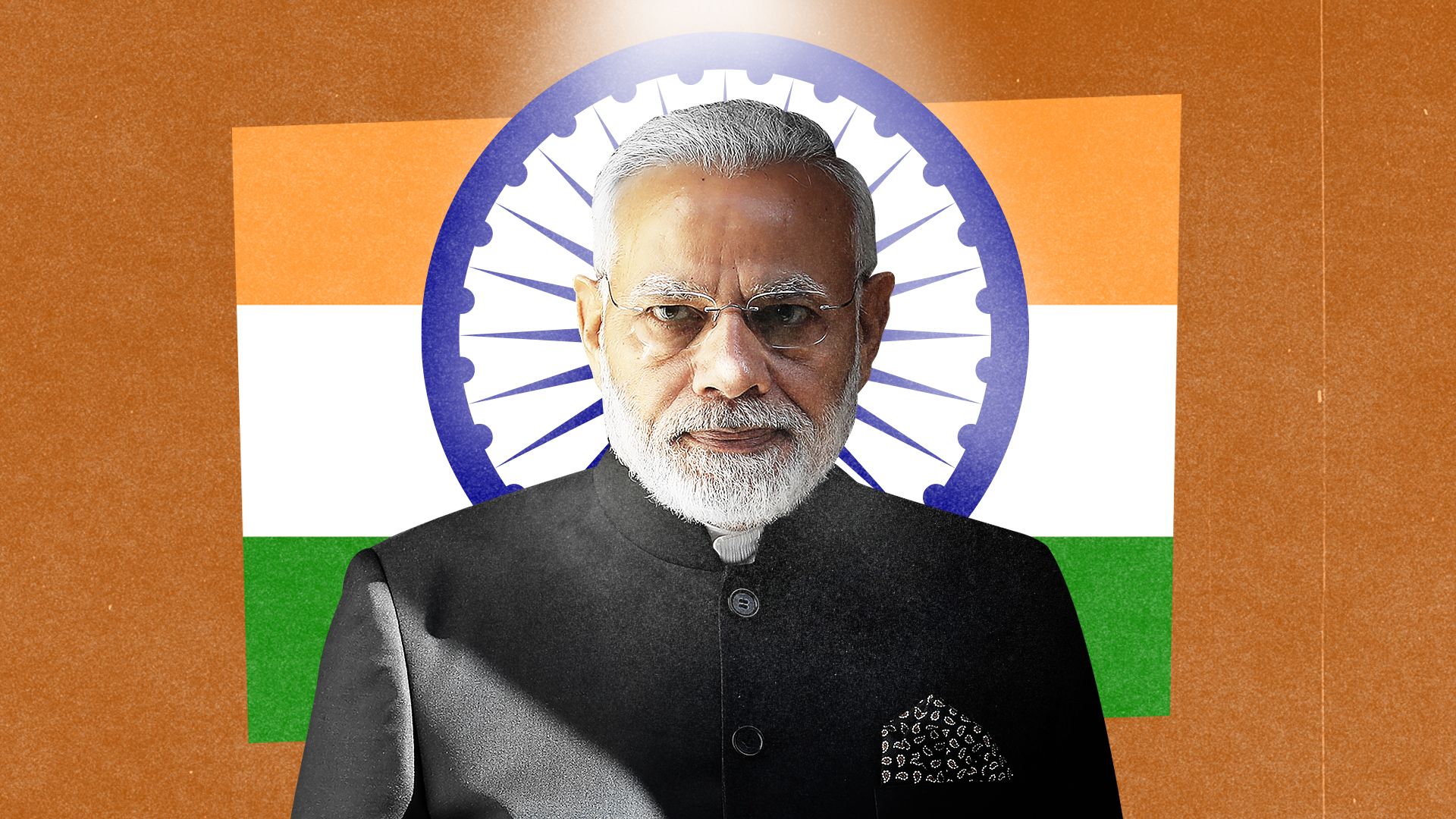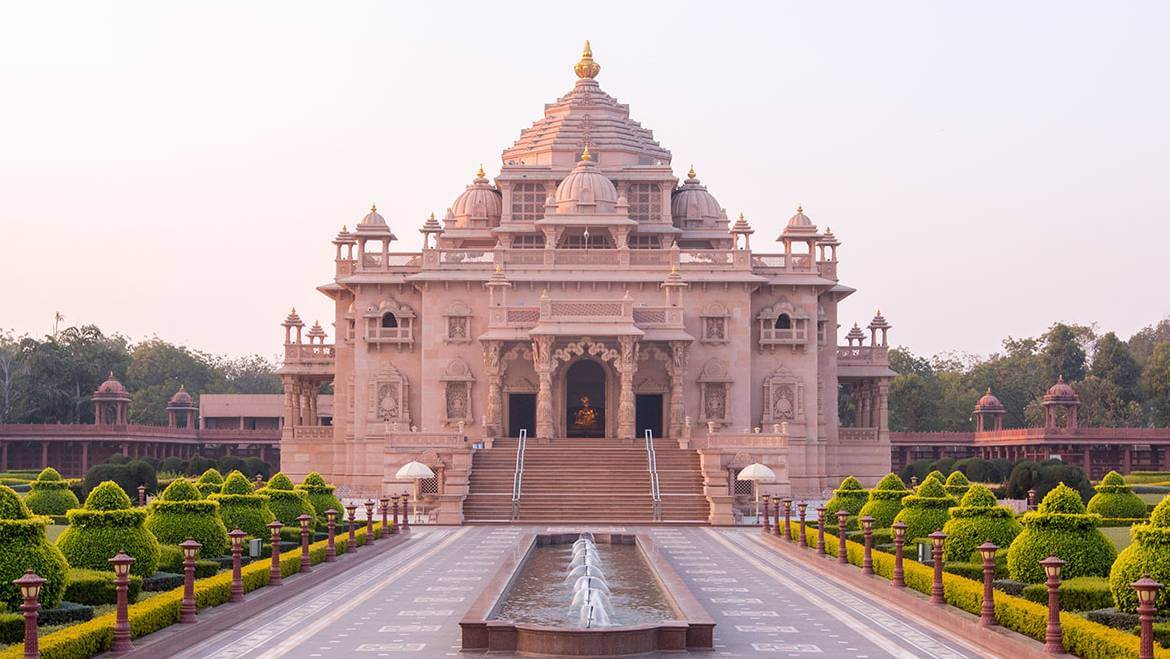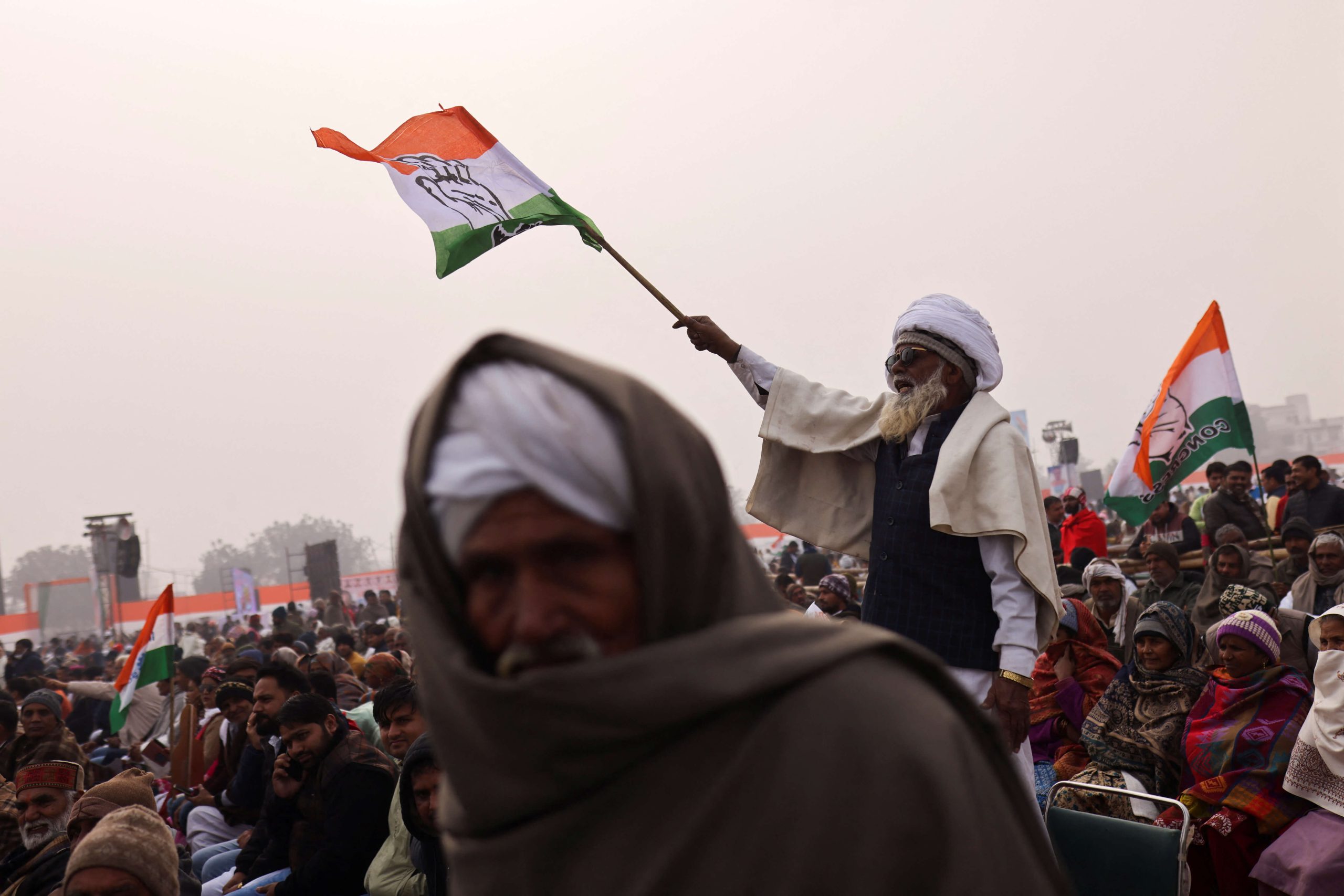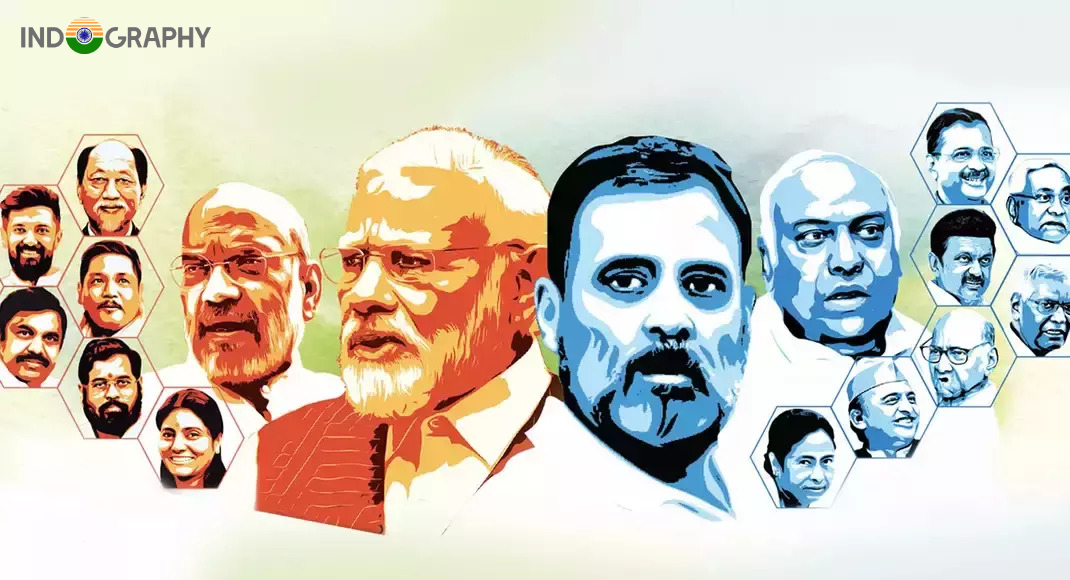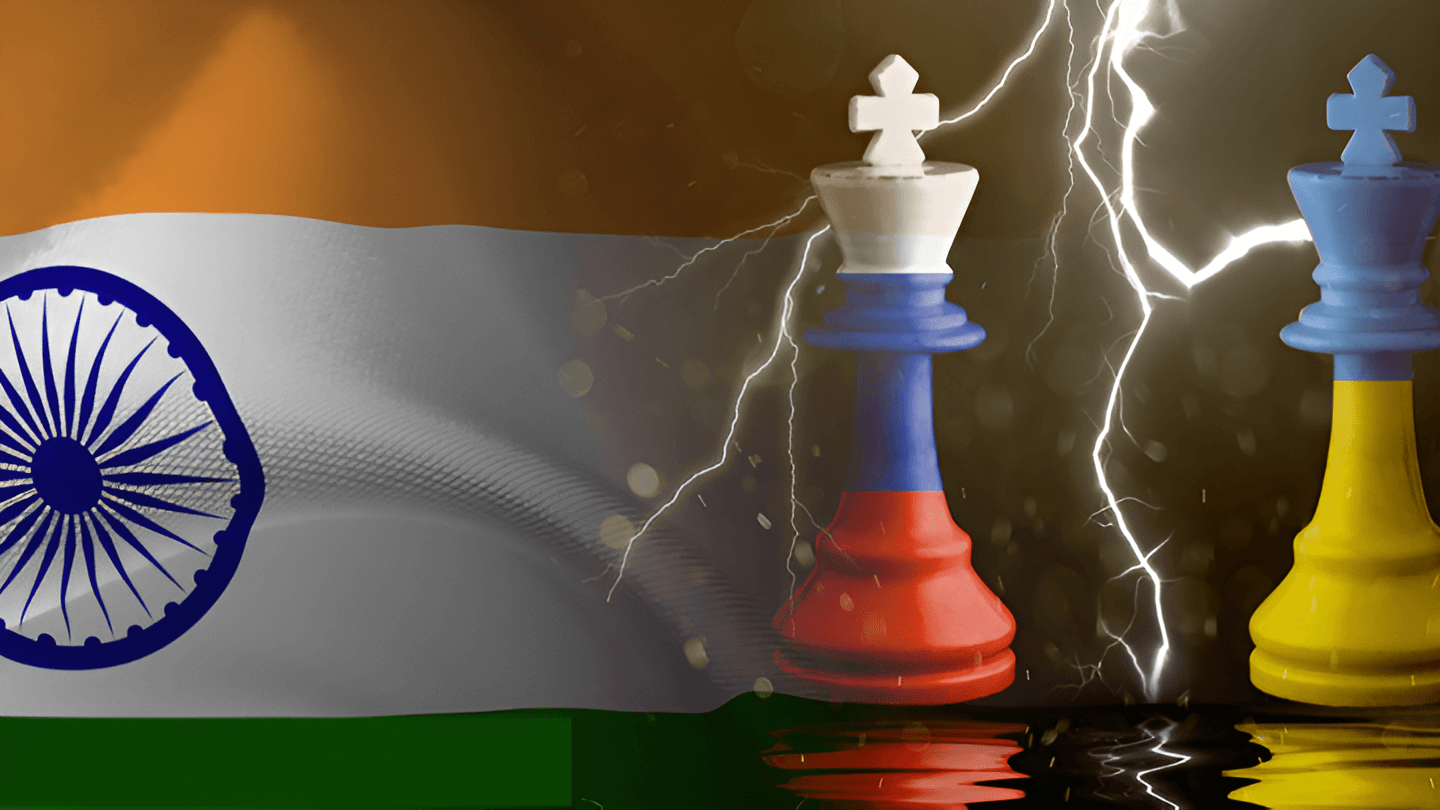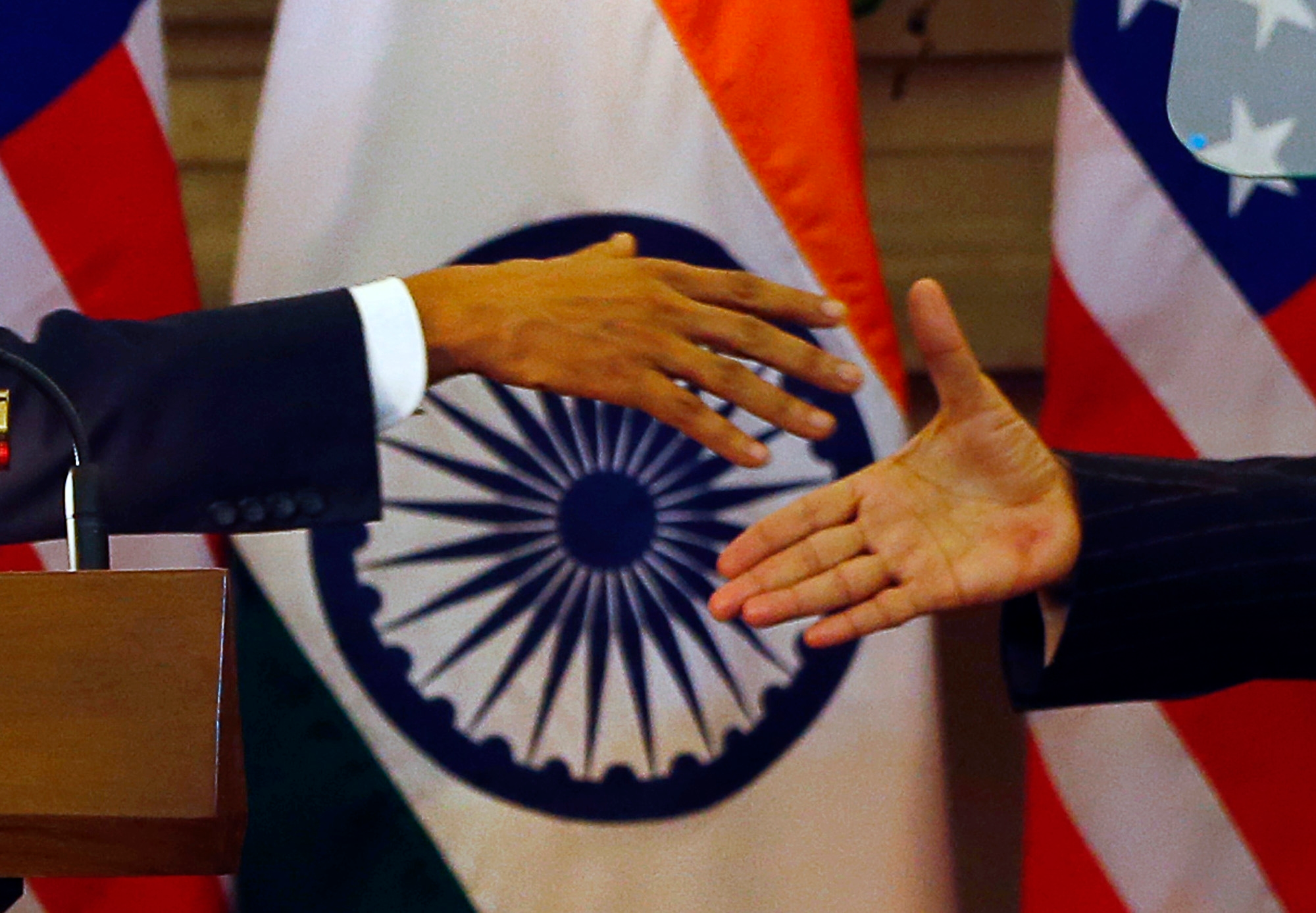The global order changes significantly on the political, economic, and diplomatic fronts as we bid 2023 goodnight. Long-simmering tendencies have burst, revealing the intricacies that put current institutions and frameworks to the test. There’s a gap in knowledge at the core of international relations, which is filled by the word “disruption” being used to describe everything that people find difficult to understand. Even if this is a turning point, the underlying factors that have shaped it covertly have been at work for some time.
Fundamental changes are occurring around the world, such as a shifting power dynamic, technological improvements, and institutional deterioration. These changes are made worse by the COVID-19 pandemic and the hostilities in the Middle East and Eurasia, which result in a broad economic slump, food and energy shortages, and global inflation. Countries struggle to provide for the basic requirements of their citizens, which impedes the achievement of the Sustainable Development Goals (SDGs).
Geopolitical and geoeconomic difficulties abound in the post-COVID international environment. Amid great power rivalry, conflicts, economic crises, deglobalization, and unfavourable climate events, India faces difficult challenges in the Indo-Pacific region, which serves as a focal point for global competitiveness. Nonetheless, these difficulties provide India the chance to rebuild confidence in its neighbours, gain from the movement of global supply chains, increase collaboration with the West, encourage the shift to renewable energy, and bolster its reputation as a world leader.
With its G-20 chairmanship in 2023, India took on a global leadership position and shaped the agenda for international collaboration in the post-pandemic world. India saw a chance to make a statement about its newfound prominence as a “leading power.” The G-20, which brings together rich and developing countries, gave New Delhi a platform to express the hopes and dreams of the Global South. During a period of unrest, organising a prestigious international conference and reaching a consensus demonstrated India’s capacity for big-picture thinking and execution.
India wants to play a bigger role in the world, and it wants to form new alliances in addition to joining ones that already exist. This dedication to inclusive and cooperative global governance includes peacekeeping, sustainable development, global health, and climate change. India’s foreign policy has exhibited a distinctive pattern in its transition from a staunch critic to a responsible global player.
Another noteworthy tendency has been balancing important alliances. India’s relations with important international powers grew in spite of obstacles. Relationships with the West were not affected by the conflict in Ukraine, and collaboration with the US on important and developing technology emerged as a major motivator. The Quad’s resuscitation illustrated how the United States and India’s alliance is developing. India and Russia continued to have close defence and strategic ties at the same time.
India’s overseas involvement in 2023 placed a strong emphasis on the need to develop indigenous capabilities in vital industries. It became clear that an assertive China could not successfully oppose a powerful and independent India. With a defence export value of Rs. 15,920 crores, or around $5 billion, India demonstrated its expanding military-industrial complex. This was the greatest value defence export. This move towards defence and vital infrastructure self-sufficiency is consistent with the larger ‘Atmanirbhar’ Initiative.
India is at a turning point in the history of the world order. India has the potential to rise to the status of a major geopolitical actor that leads rather than just balances because of its ability to combine economic strength with multicultural democracy. This development will have a defined trajectory, and New Delhi’s decisions in the next few years will be crucial to India’s global ascent.
